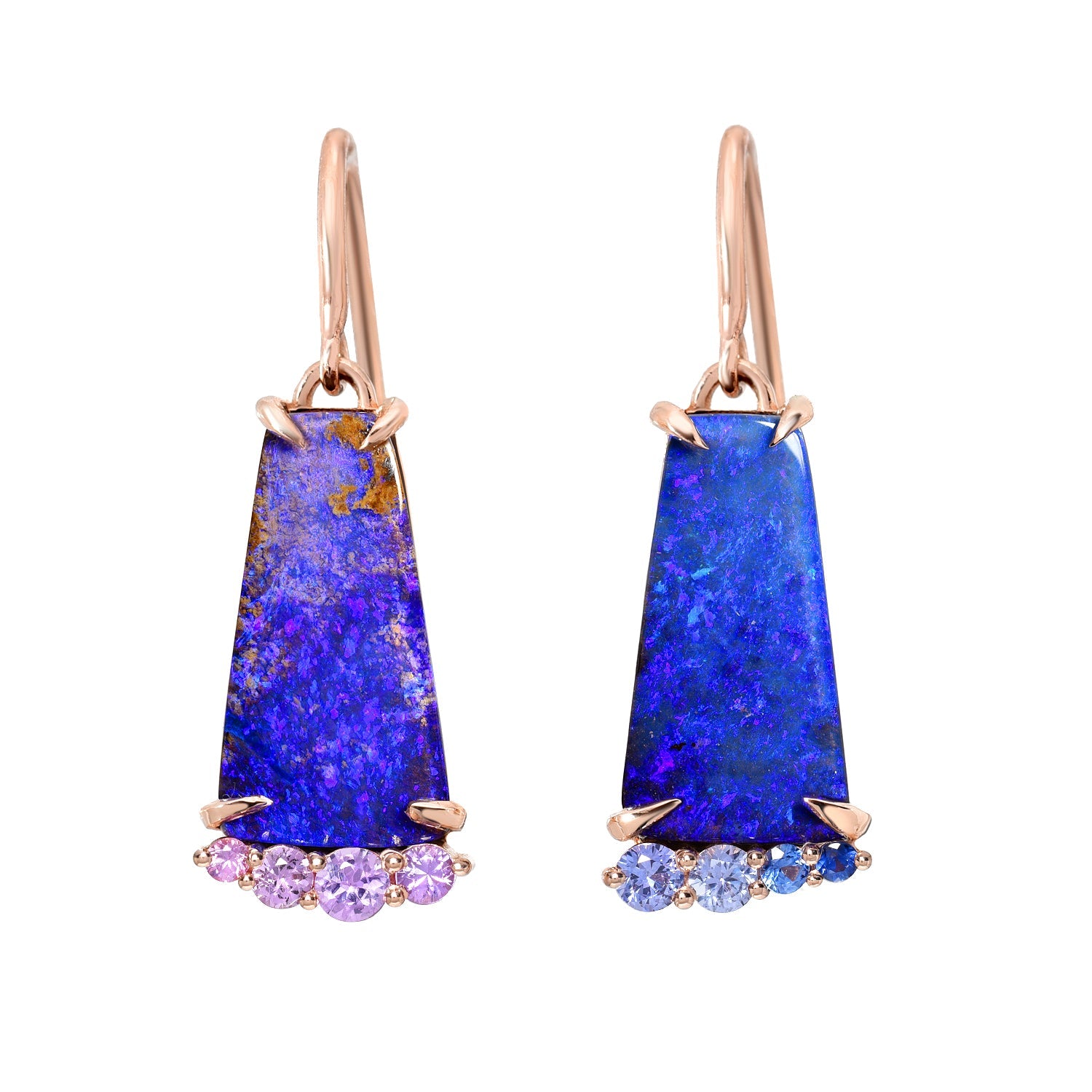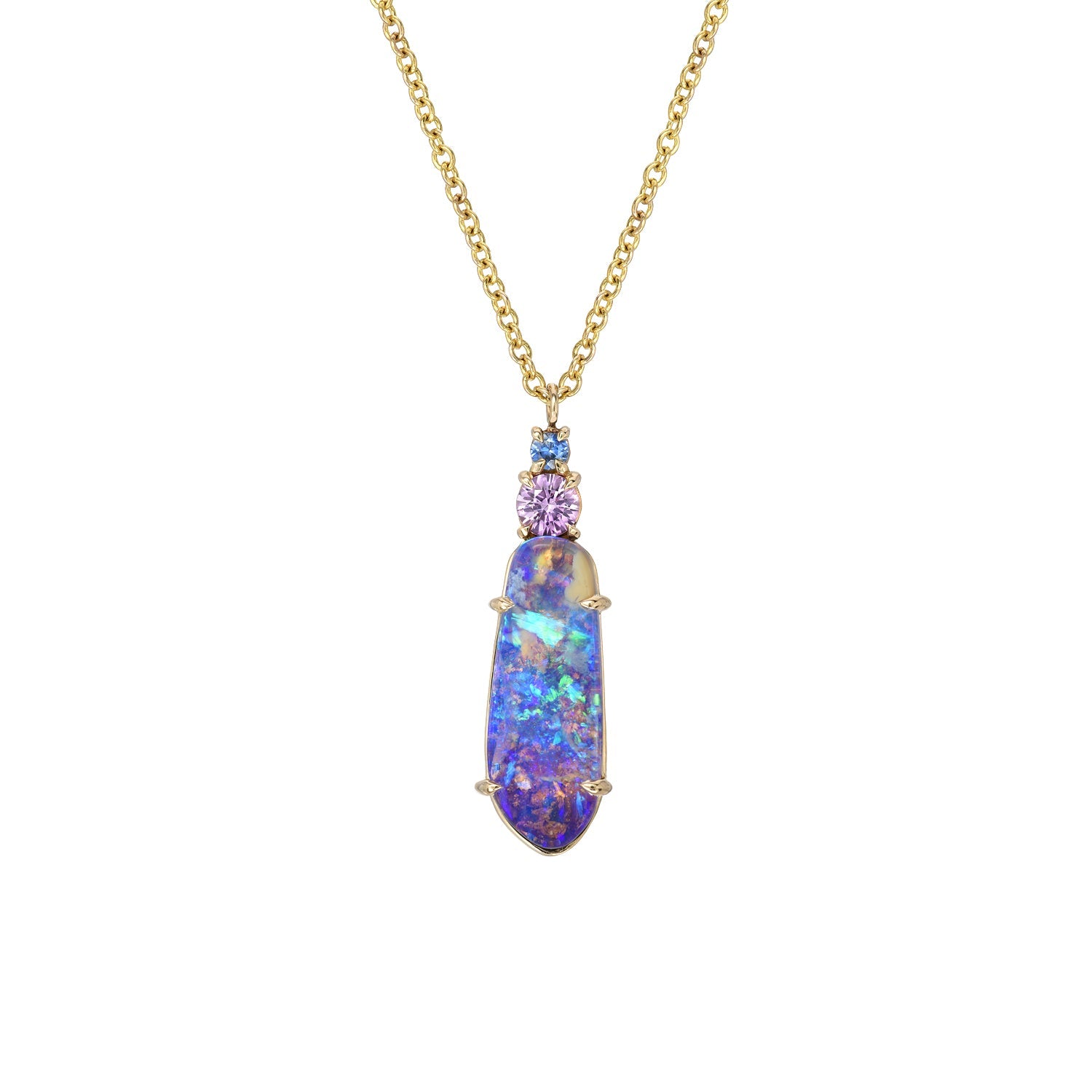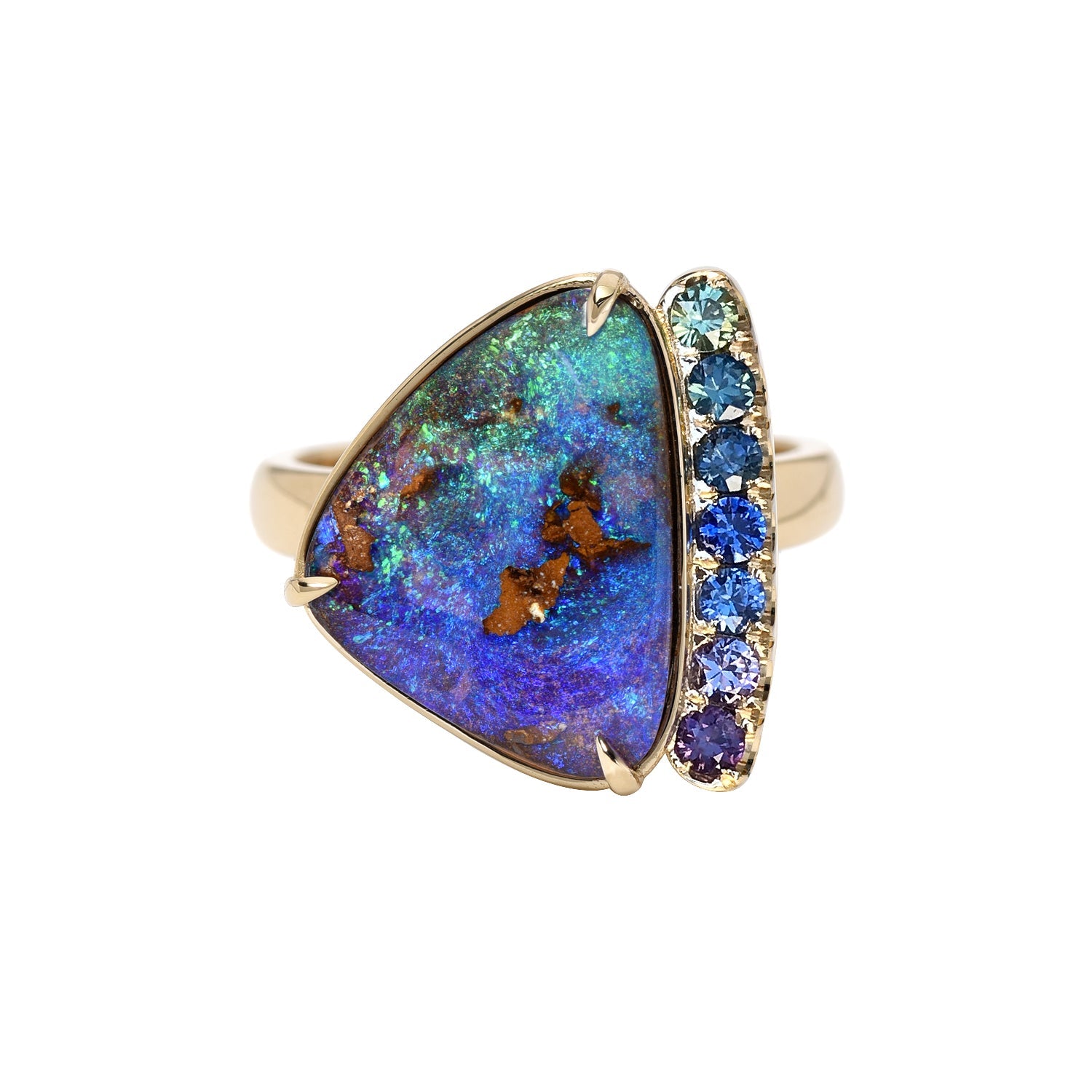
Opals Throughout History Part 2
luis gomezShare
Last week’s article took us on a journey through time — across millennia as we explored the first fledgling steps of Opals, digging into their history, their industry, and their allure. From their ancient origins to their fabled branding, their history is one full of myths, lies, and folklore. We had intimate encounters with Cleopatra and with her paramour, Mark Antony. We discussed the first Roman bazars, places where Opals were bought and sold to the elite. And finally, we left you in suspense, promising more tales of Opal’s fascinating history. Today, we’re here to deliver on our promise. So prepare to be spellbound as we slip back in time and continue our tale of Opal’s history.
Superstition, death, violence and the plague
The fall of the Roman Empire and the splintering of its civilization lead to an erratic time in history. Everything was a bit precarious and society, at least western - European society, was on a precipice — one small step from taking a dive. For almost 1000 years, humanity loomed at a tipping point. During these often gloomy days, Opals were considered sacred. Along with other gemstones and metals, the value of these items had less to do with commerce and trade, and more with superstition and a burgeoning crystal healing industry.
Opals, along with diamonds, sapphires, emeralds, pearls, and other gemstones were transformed into medical tools. “Physicians” - if you can actually call them such - began operations in towns selling their snake juice and potions. One of their main attractions, how they lured the masses and “cured them” was through the use of “rock therapy.” Opals, due to their variety of colors and the way they refract light, were the main attraction — they were, according to philosophers and medical practitioners,
“Heaven sent. They are tears from our father. Blessed and holy…”
12th Century Physician, Alberto Fico.
This ravenous trade and rumor mongering around Opal’s healing qualities reached far-away shores and rapidly expanded into foreign regions and kingdoms — and it all came to a head, in the bleakest manner, in the 14th century. What happened during this epoch? The Black Plague.
For a period of 7 years, an incredibly virulent form of Bubonic Plague - also known as the Black Death - swept the Afro-Eurasia region. It was the first of three worldwide waves to hit mankind between the 1300s to the 1900s, and was also the most fatal pandemic in recorded history, believed to have killed up to 200 million people. Back then, when the concept of overpopulation didn’t exist, that number was staggering. The plague was the second great natural disaster to strike Europe during this period. The first, The Great Famine of 1315-1317, had already decimated the populace a mere 30 years before. Today, there are many things in dispute regarding the plague. From its onset in East Asia, to its travels on Genoese ships. Why was it so virulent? How did it spread so fast? Will it rear its ugly head again? One interesting fact — the plague was one of the first instances where humanity employed a virus to defend itself. The plague was used as a bio weapon against invaders — a fort in the East used a catapult to fling infected corpses at their enemies from the ramparts.

One of the facts known about the plague - this super bubonic variant - was that there was no cure for it. Some people would survive, but rates were dismal compared to fatalities. During this period, Opals had thrived, prized not only for their beauty, but also for their acclaimed effects of magic and cures of afflictions; reputed powers to impart invisibility and their alleged medicinal applications, like preventing blonde hair from losing its color and protecting one's eyesight from deterioration — among other things. In desperate times, healers and the communities they treated stretched their imaginations in hopes of finding any relief from their unthinkable circumstance. If only Opal could have been the answer to their prayers.
Meanwhile in the Orient
While Europeans had become unhinged with fear, doing everything in their power to ward off the plague, in the orient, in places like India and China, Opals had emerged as religious heirlooms and were employed by shamans and Buddhist as a way to ward off evil spirits and defy malicious thoughts.
Opals became talismans against demons and other unwanted afflictions. Statues of deities were adorned with Opals — one of the most common practices during this period was the use of Opals as the eyes of religious effigies. Today, this practice is still very much in vogue in certain regions of the orient.
Diamonds Take the lead
Finally, Europe started to catch its breath as it slowly recovered from the decimation of the plague. The 14th and 15th centuries brought with them a spike in humanity’s spirit and hope — from the madness that was the Dark Ages to the glowing majesty of the Renaissance. During this period, Opals took a hit.
What happened?
The first known diamond wedding ring took center stage. In 1477 Archduke Maximilian of Austria commissioned the first diamond wedding ring on record. It was a gift of his everlasting love to his betrothed, Mary of Burgundy.

This act revolutionized the diamond industry, and Opals - which up to that point had been a fixture when it came to wedding rings - suddenly took a backseat to diamond engagement rings. This act marked the beginning a massive trend and diamond rings became the icons in the wedding industry that they are today.
Moondust Diamond and Lightning Ridge Crystal Opal Ring
Here at NIXIN Jewelry, we savor a stunning diamond, but there’s nothing we love more than an Australian Opal. So when we use them together, we get the best of both worlds. Come explore our one of a kind Australian Opal Jewelry — we might just have the piece you’ve been dreaming of.




